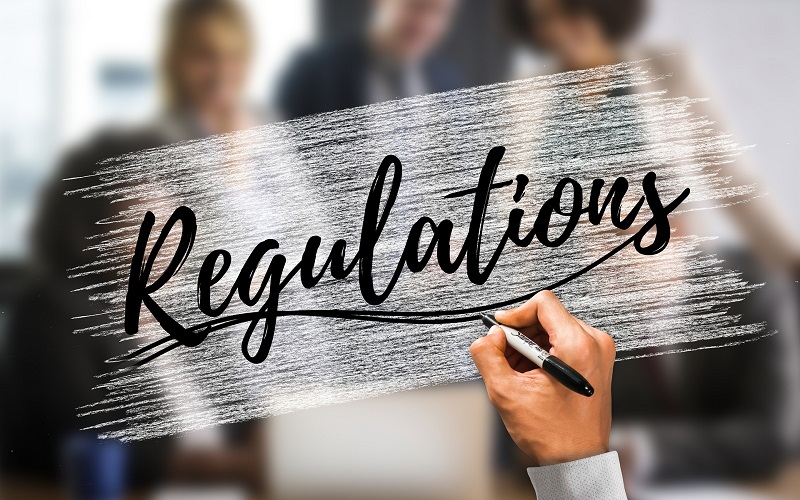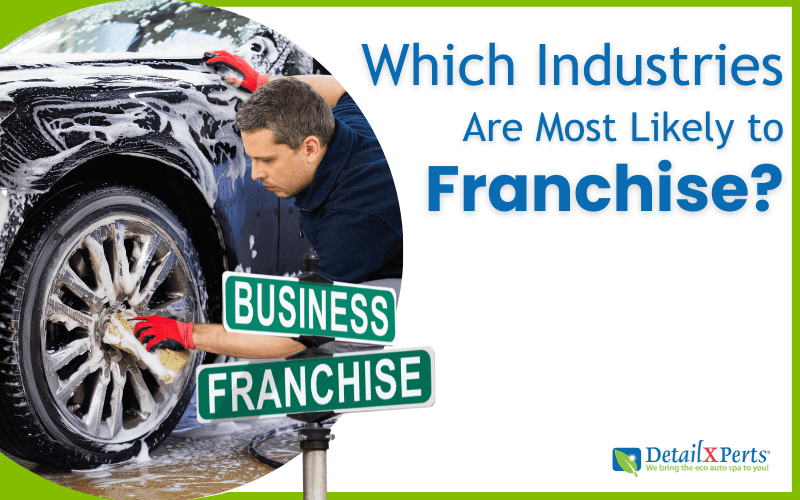The Car Wash Industry comes with both risks and rewards. However, according to the standards set forth by the U.S. government, there are degrees and types of risk that are unacceptable. As a car wash owner and/or operator, it is imperative that you be aware of those risks and take the necessary steps to reduce them. To have an understanding of safety regulations, and to have a system of adherence to those standards in place, not only promotes the safety and health of your employees, it also increases your chances for rewards.
OSHA
In 1970, the United States Congress passed the Occupational Safety and Health Act. This federal law created the Occupational Safety and Health Administration (OSHA). OSHA exists to ensure safety regulations for America’s workers.
OSHA has created health and safety regulations that businesses should follow to across all industries. Moreover, OSHA enforces these standards by conducting inspections. During an inspection, an OSHA assessor will visit a particular business and check to see if that business is adhering to OSHA standards.
Inspections can happen at any time. Sometimes the inspections are planned and thorough; other times the inspection is sudden and only partial. When a business fails to meet these health and safety regulations, the business receives a citation. If the inspector cites a business, they often require them to pay a fine, make the necessary changes in a certain time frame and receive a follow-up inspection.
Compliance
Car wash owners, like owners in any other U.S. industry, should provide their employees with a healthy and safe work environment. An owner’s failure to know OSHA’s standards and a lack of enforcing OSHA’s safety regulations in the work place can lead to serious accidents and legal disputes.
The first step to be in compliance is to secure any licenses or permits that are OSHA requires for your car wash to be in operation. Permits such as discharge of wastewater are put in place by organizations like OSHA and the Environmental Protection Agency (EPA). They regulate and ensure general public health and safety, as well as the safety of your employees.
The second step is to become familiar with the OSHA general industry standards.
OSHA Standards and Your Car Wash Business
Once you get familiar with OSHA general industry standards you should perform a hazard assessment. Car wash owners and operators should regularly audit the work environment. This is in order to rid it of any potential hazards. Potential hazards car wash owners should look for include:
- The accumulation of slippery soap, wax or other solutions on the floor. These puddles can cause employees to slip, trip, and/or fall.
- Equipment or even angles that impair a person’s line of sight. Impaired line of sight can cause car wash employees to be struck by vehicles or other equipment.
- Exposed wires or any other electrical hazards. To prevent electrocution, electrical fixtures subject to wet areas must be approved.
Many car wash owners are careful to free the work environment of obvious hazards. But failure to adhere to all of OSHA’s standards may still result in a citation. Below are descriptions of standards that OSHA commonly cite car wash companies for.
Personal Protective Equipment
In accordance with OSHA statute 1910.9a car wash owners are required to provide their employees with “personal protective equipment” (PPE). For example, if your car wash uses cleaning products with harsh chemicals that may irritate the skin, the nose and/or the eyes, your employees are entitled to protection in the form of gloves, a face mask or goggles.
Training and Hazardous Communication
OSHA statute 1910.9b requires that car wash owners train their employees regarding “hazards and related matters.” In conjunction, statute 1910.1200(a)(1), the hazardous communication standard, requires that owners identify the hazards of all chemicals used or produced while washing and detailing cars. The hazardous communication standard also requires owners to transmit that information to all of their employees. As an owner, you must inform your employees of any corrosive chemicals, strong acids (which are found in some rinses and waxes) and strong bases (which are found in alkaline soaps) that they will be working with. This transmittal of information can happen through the use of employee training, warning labels and safety sheets and notices. In 2012 to 2013, the failure to meet the hazard communication was OSHA’s second most cited standard.
First Aid
In the event that a car wash employee comes into contact with a hazardous chemical, eye wash equipment must be available, under OSHA statute 1910.151(c). If total body-flushing facilities are not available then a garden hose with regular water pressure is acceptable for body drenching.
Air Contaminants
Car wash owners also need to take precautions to reduce the risk of occupational diseases that contaminated air can cause, under OSHA’s statute 1910.134(a)(1). Air contamination includes the release of any harmful dusts, fumes, mists, gases, vapors, etc. For a car wash business this would include the release of diesel or gasoline emissions from a car’s engine. Precautions that the business should implement include good ventilation, use of less toxic materials and/or proper enclosure. In the event that taking such precautions is not possible, you should provide each employee with a respirator (1910.134(a)(2)).
Lockout/Tagout
The Lockout/Tagout OSHA statute, 1910.147, states that employers should repair, replace, and regularly clean and maintain electrical equipment that they use for the business. In the case of a car wash, this equipment includes, but not only, tools with electrical motors, conveyor chains, or any other motorized belt. Taking preventative measures ensures the control of a machine’s hazardous energy. Moreover, this prevents a sudden start up or release of stored energy. In turn, this adds to the safety of employees.
Car wash owners can greatly reduce the risk of work-related accidents and OSHA citations by following all the standards that OSHA has set forth. While OSHA regulations protect employees, they also protect employers to a large degree as well. An owner abiding by these OSHA regulations will most likely have less work accidents to log and report. Less work accidents means protection against possible lawsuits that could result from such accidents.
Conclusion
OSHA policies benefit both car wash owners and employees. It is in the best interest of all parties of the car wash business to comply with OSHA regulations. Employees will have a safe environment to work in and employers will reap the benefit of a good reputation, free from OSHA citations and potential legal issues.
If you are a car wash owner be sure to protect your employees, your company, and yourself. You can do that by becoming familiar with, and adhering to, all the OSHA general industry standards. For more information on OSHA standards and regulations go to https://www.osha.gov/
If you are interested in starting a car wash business, take advantage of the DetailXperts Franchise business model. Learn more about the Car Wash Industry and OSHA laws and get the help and support you need to launch a safe and successful car wash business.
Enjoyed this post? Sign up for our newsletter to receive more valuable business and franchise info, ideas, and extras!





